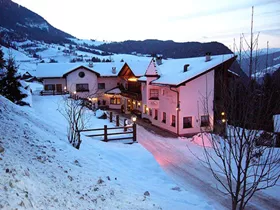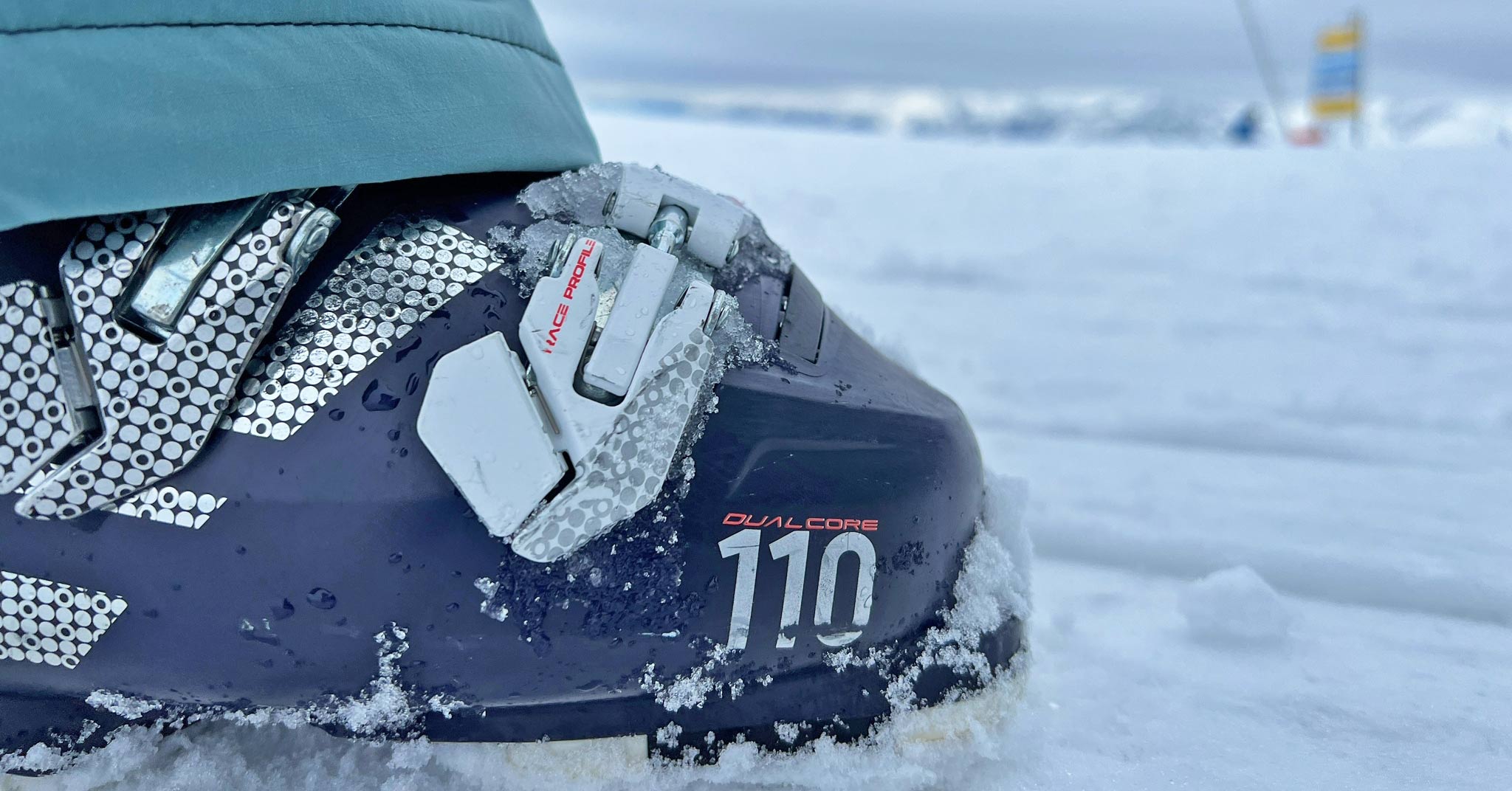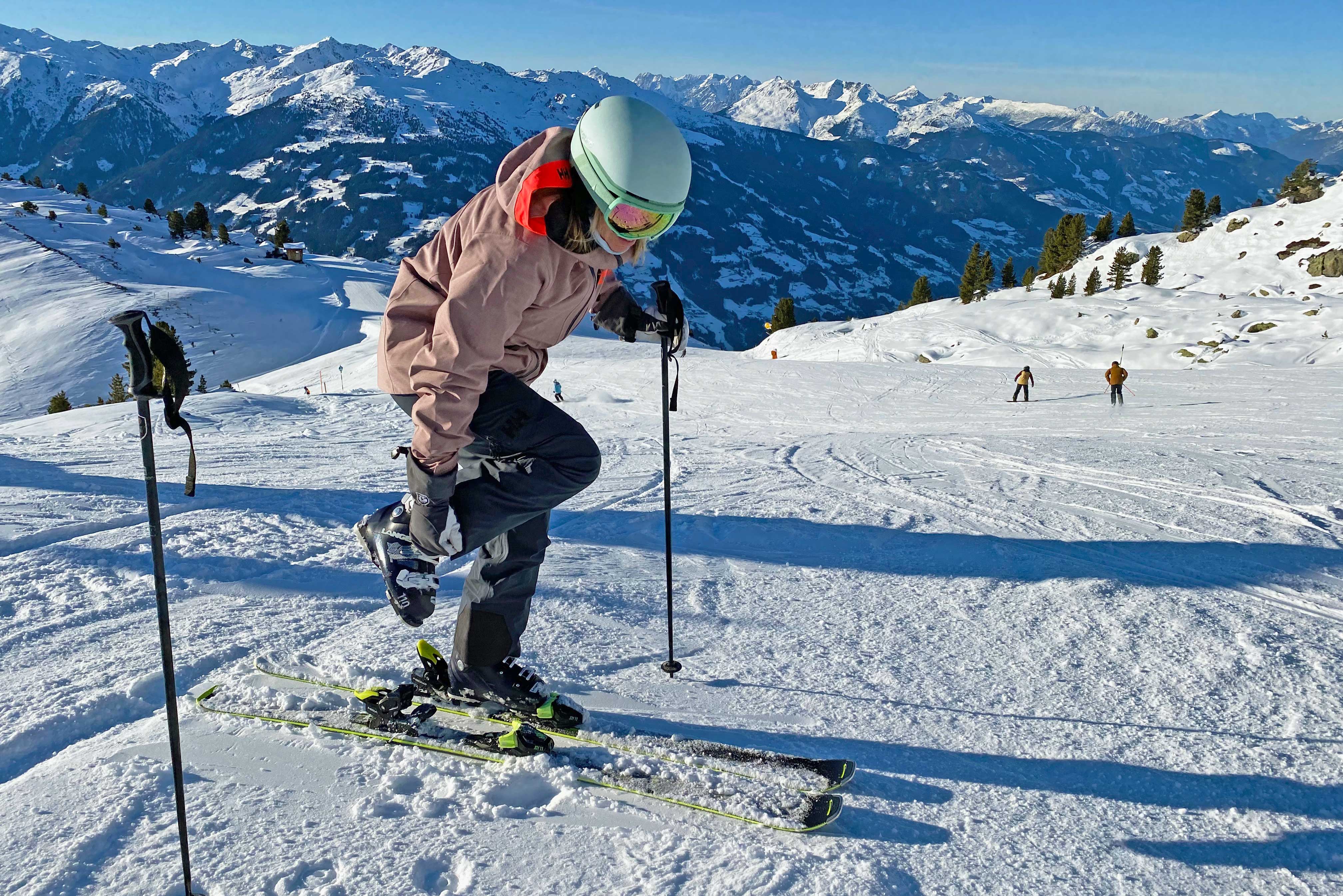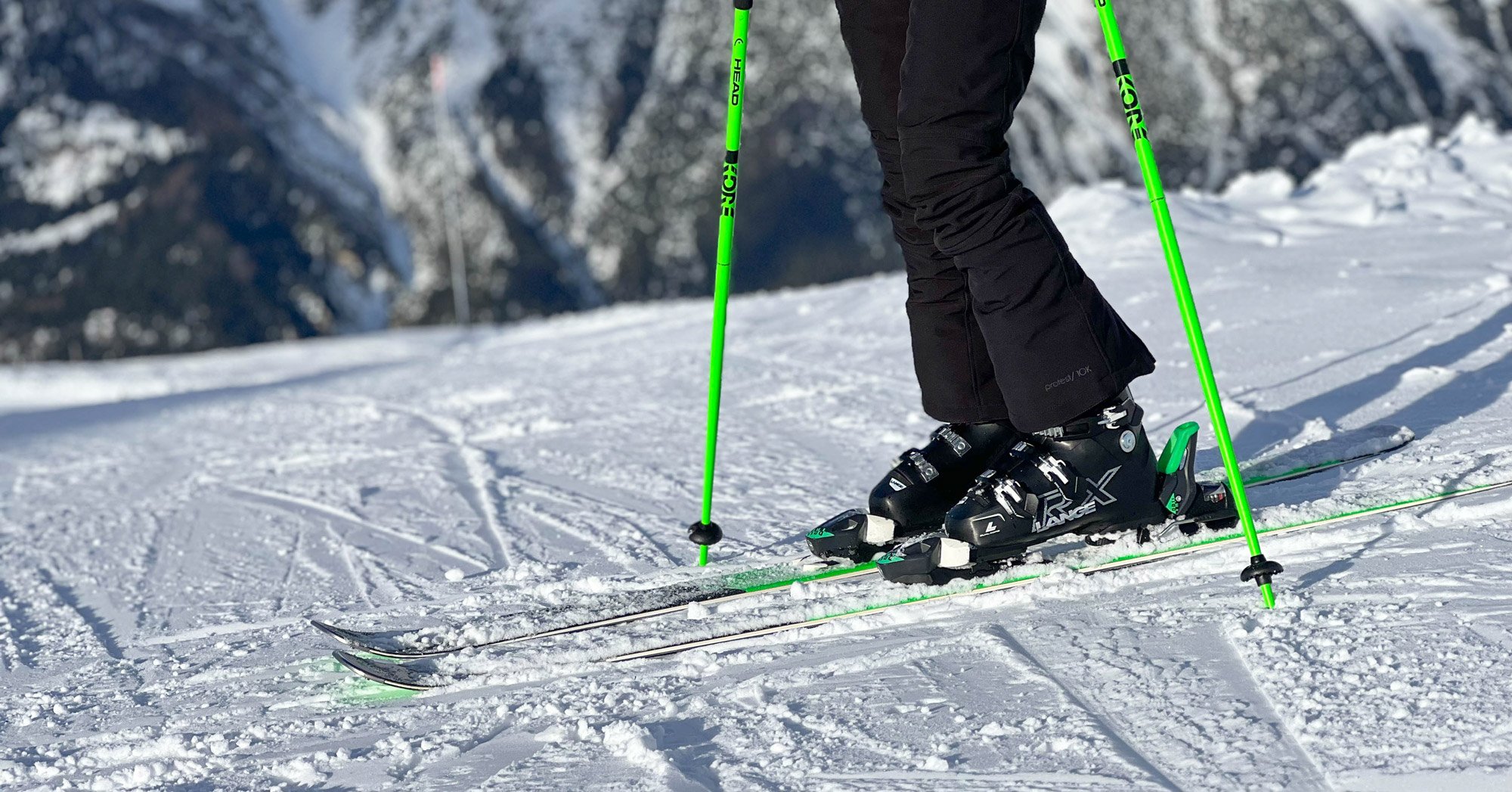

There are many different types of skis: from those that allow you to go off-piste to competition skis. They all have specific characteristics and properties. But how do you know which skis suit you best? That depends on several factors. First, it is important to determine your skiing habits. Do you like speed, or do you prefer to take it easy? How is your technique? Do you prefer to ski on- or off-piste? In this article, we'll discuss the characteristics of different types of skis and what type of skier they are suitable for.
What types of skis are there?
There are different categories of skis. In this article, we'll discuss the main ones: race skis, slalom skis, sports or all-around skis, all-mountain skis, freeride skis and touring skis. These categories usually have subcategories and separate models for women. Generally, women's skis are much lighter in weight, turn a little easier and take women's build into account.

1. All-mountain skis
In recent years, this has become the most popular model of skis. As the name suggests, this ski feels at home all over the mountain. You can ski on a well-groomed piste but also through powder snow. All-mountain skis have many different models. Depending on the ski's properties, including its width, it can be more suitable for the piste or off-piste. This is indicated in %: for example, 50/50 or 70/30. All-mountain skis are generally a bit wider underfoot, giving them 'float' in powder while performing well both in slush and when tackling snow piles. Their width also makes them stable. There are models for beginners, but also for experienced skiers. All-mountain skis are suitable for a wide target group.

2. Slalom skis
A slalom ski is easy to turn and has very high horizontal stability. It has an excellent edge grip on hard pistes and is perfect for short turns - even at high speed. You guessed it; this is a ski for experienced skiers who like short turns, but there are also high-performance models for competitive skiers. Slalom skis are not suitable for beginners. The stiffest variants require excellent skiing technique and good physical condition.
3. Race skis
High speed and long turns are the characteristics of race skis, also called giant slalom skis. This type of skis derives from skis built for the World Cup. They are incredibly stable, even at very high speeds, and have a perfect edge grip for medium to long turns on hard slopes. However, you can't turn short turns on them. For race skis, you need the necessary experience and technique. The high-performance models are used for competitive skiing. Race skis are unsuitable for holiday skiers who want to enjoy relaxed skiing.

4. Sport skis (all-round ski)
A sport ski is an ultra-modern all-round ski for a broad target group. They are very versatile, make short and long turns just as sweetly and are perfect for carving on the slopes. A sport ski is ideal for medium-long turns and medium to high speeds and is suitable for experienced skiers, as it requires quite some technique and strength. However, you can also find entry models for skiers with less experience and strength. So when shopping, inform yourself about which model of this category suits you best. This ski is made for the piste and is not suitable for powder runs.
5. Freeride skis
Freeride skis are usually very wide and made for runs in the fresh powder snow next to the piste. The wider the ski, the more buoyancy, and the easier you can ski through the powder. The manufacturers are constantly busy making further developments, so nowadays, you can buy 'wide boys' that perform almost as well on the piste as in powder. This is perfect, as it means you can only have one pair of skis. Freeride skis come in various models, from those for beginners to those suitable for pros who reach enormous speeds.

6. Touring skis
Touring skiing has gained enormous popularity in recent years. With touring skiing, you don't use a ski lift but walk up a mountain on your skis and then enjoy a well-earned descent, usually off-piste. Touring skis use special bindings that allow you to climb. The heel of your ski boot is loose during the climb, and you secure it when you go downhill. The special skins under the skis prevent you from sliding down when you walk up the mountain. Touring skis are light and can be bought in different widths. Some are more suitable for fast climbing, while others perform better downhill and on the groomed pistes.
Characteristics and properties of skis
Each model of skis has its own characteristics and properties. For example, length, width, radius and flexibility. Want to know more?














